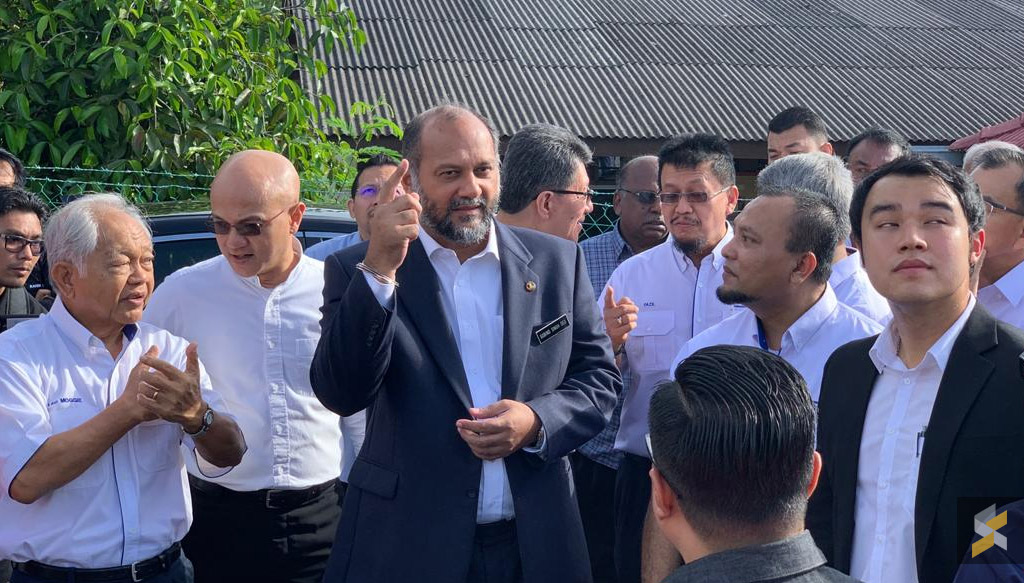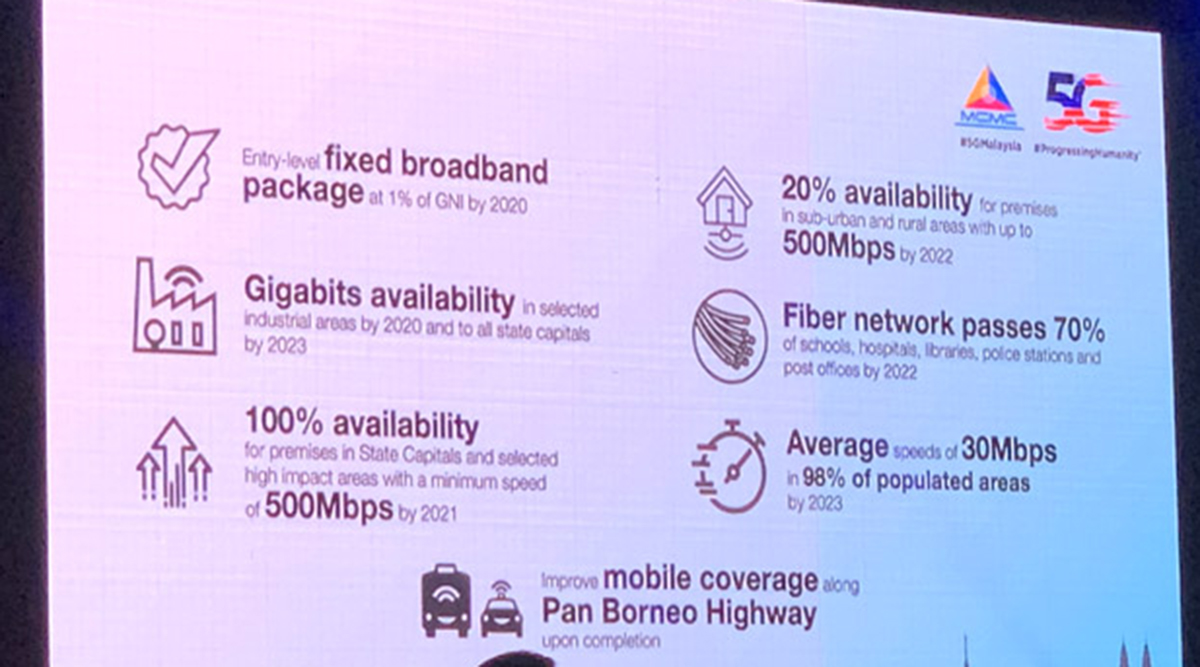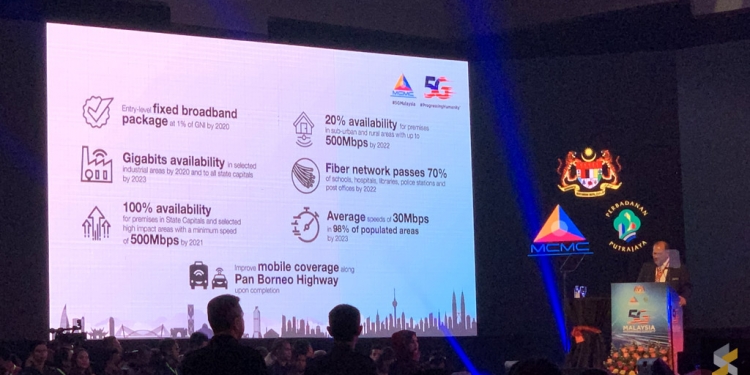Earlier this year, the National Fiberisation and Connectivity Plan (NFCP) was proposed by the Ministry of Communications and Multimedia, with the Cabinet approving the plan to improve nationwide connectivity. And it won’t come cheap, with Finance Minister Lim Guan Eng revealing that the NFCP will require an investment of RM21.6 billion over 5 years (2019-2023). Between RM10 billion to RM11 billion will be provisioned from the Universal Service Provision (USP) Fund, and the rest will be funded commercially.
The 5-year plan is being launched today by Deputy Prime Minister YAB Dato’ Seri Dr. Wan Azizah Dr. Wan Ismail. So what does the implementation of the plan mean to Malaysian users? Here’s a breakdown of what you need to know.
What is the NFCP?
The NFCP is the Malaysian Government’s strategic effort to improve the country’s economic competitiveness through connectivity, while preparing the nation for the Industrial Revolution 4.0. Essentially, the NFCP seeks to “bridge the digital divide” between the rural and urban areas in Malaysia—aiming to provide more equal opportunities for citizens.

Communications and Multimedia Minister, Gobind Singh, explained that the NFCP focuses on fibre networks to enable greater digital connectivity. That said, alternative technologies such as wireless networks and satellite technology will be deployed whenever conducive.

There are 7 main targets when it comes to the NFCP.
- To have an entry-level fixed broadband package at 1% of the Gross National Income (GNI) by 2020.
- To have Gigabits (Gbps) availability in selected industrial areas by 2020, and all state capitals by 2023.
- 100% availability for premises in state capitals and selected high impact areas—with a minimum speed of 500Mbps.
- 20% availability for premises in sub-urban and rural areas with up to 500Mbps by 2022.
- For fibre networks to cover 70% of schools, hospitals, libraries, police stations, and post offices by 2022.
- Average speeds of 30Mbps in 98% of populated areas by 2023.
- To improve mobile coverage along the Pan Borneo Highway (upon completion).
Interestingly, MCMC Chairman Al-Ishsal Ishak said that the plan will also create 20,000 jobs, with opportunities spread across the construction, operation, and maintenance of the digital infrastructure. This, of course, comes with the continued development of the digital economy in Malaysia.
“The launch of the National Fiberisation Connectivity Plan (NFCP) today provides us with another great opportunity to continue playing our role as a strategic enabler of Malaysia’s Digital Nation aspirations. TM has always been at the forefront of each telecommunication technology evolution in the nation, backed by our solid network infrastructure nationwide. We remain committed to enhance coverage and quality in support of the NFCP objectives via various technologies – fibre and wireless, including 5G.”
Dato’ Noor Kamarul Anuar Nuruddin, Group Chief Executive Officer, Telekom Malaysia Berhad (TM)
The NFCP also focuses on implementing policies and projects: policies that will improve the speed, and reduce the costs of infrastructure deployment at state level, and projects that will deploy more fibre optic networks, mobile communications transmitters, submarine cables, and satellite services.
According to the MCMC, the digital economy as a whole is expected to contribute up to 20% of Malaysia’s Gross Domestic Product (GDP) by 2020, which would be an increase of 1.7% from 2017.








